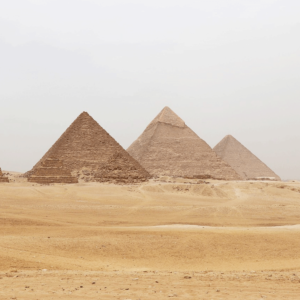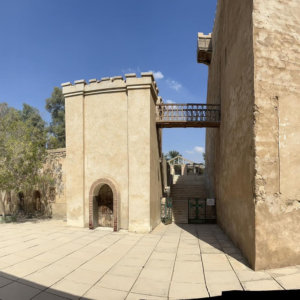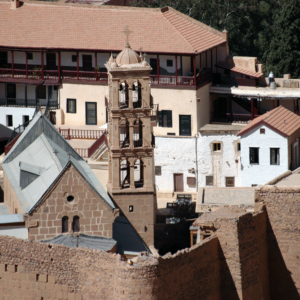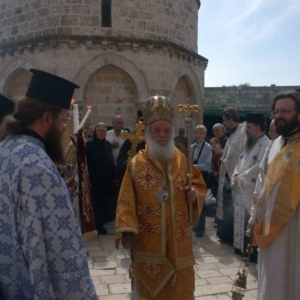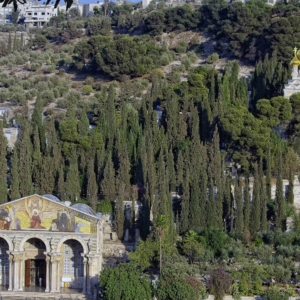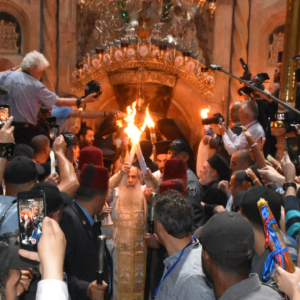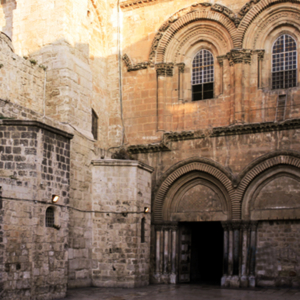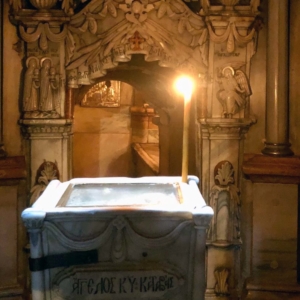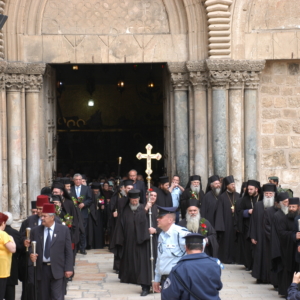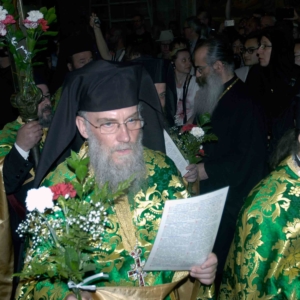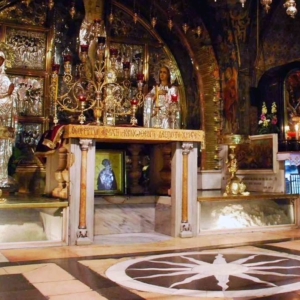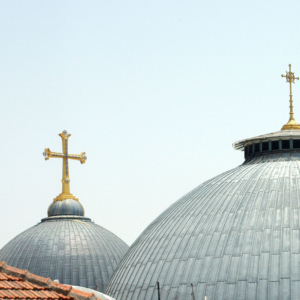Holy Land
The term “Holy Land” refers to any place that is considered sacred. All religions, beliefs, and cultures have sacred areas that they refer to as “Holy Lands”.
For the Christian world, the Holy Land is where all the religious and historical events of the Old and New Testaments came to pass.
It is the region occupying both sides of the Jordan River (Palestine, Israel, and Jordan), generally encompassing the territory from the River Jordan in the east to the Mediterranean Sea in the west, and from the Euphrates River in the north to the Gulf of Aqaba in the south, as well as the Sinai Peninsula (Egypt).
The region has spiritual meaning for Christians because it was here that the incarnation of the Son and Word of God took place, where Jesus Christ was born, lived, traveled, and preached, and where the first church was founded.
Jerusalem is especially sacred because it was in this city that Jesus died on the cross and rose from the dead.
At the beginning of the 4th century A.D., with the recognition of Christianity as the official religion of the newly-founded Byzantine state and of the imperial court, the whole of Palestine was officially declared the Holy Land. The Emperor himself, Constantine the Great, provided the necessary means and money for the erection of the first magnificent churches in the Holy Land.
Saint Helena, the mother of Constantine, arrived in the Holy Land, where she established and oversaw the construction of the first churches. These include the Holy Sepulchre, the Calvary, the site of the Ascension on the Mount of Olives, the Cavern of the Nativity in Bethlehem, and others.
Theodoros Varaklas
HYFELIOS – Travel & Tourism


